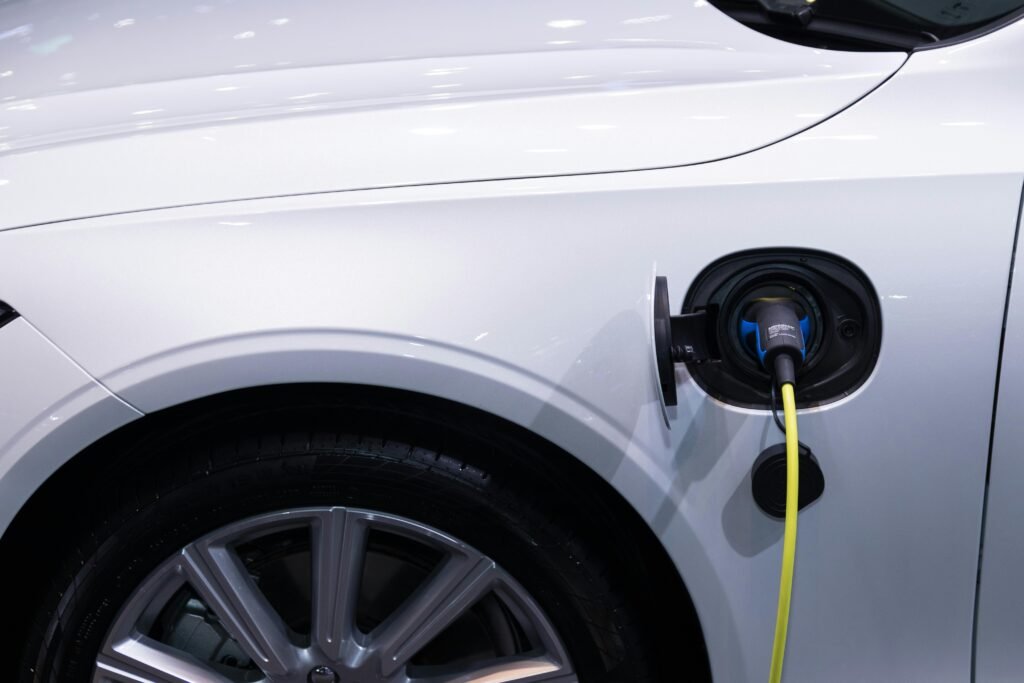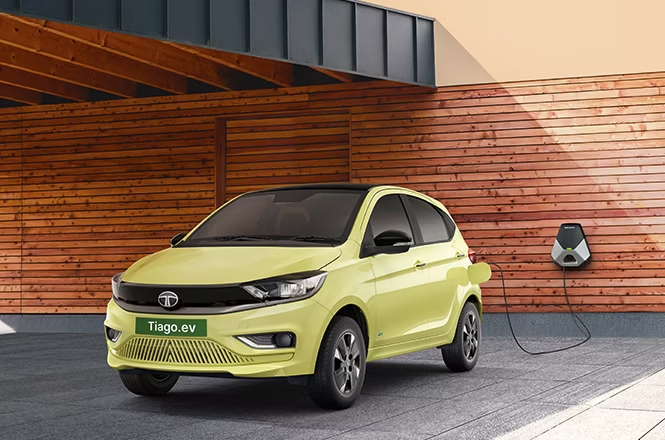Electric vehicles (EVs) have taken center stage in India’s automotive shift. With stricter emission norms, government subsidies, and rising fuel prices, more consumers are exploring EVs as their next car. However, the path to electric mobility is not without its speed bumps. Understanding the common problems with EV cars in India is crucial—especially for first-time buyers and curious enthusiasts.
This article offers a grounded, 2025-focused look at the challenges Indian EV owners face—from infrastructure gaps to battery issues—and what prospective buyers should keep in mind.
1. High Upfront Costs
Despite government incentives like FAME-II and state-level subsidies, electric vehicles remain expensive for many Indian consumers. The cost of EVs—especially those with larger batteries—often exceeds that of similar petrol or diesel counterparts by ₹2–5 lakhs.
Why? Battery packs make up 30–40% of the car’s total cost. With most batteries still imported, fluctuating lithium-ion prices and taxation contribute to the price disparity. While budget-friendly options like the Tata Tiago EV and MG Comet are available, mid-range and performance EVs remain financially out of reach for many.
Related Read: Top 5 EV Cars for Beginners in India
2. Inadequate Charging Infrastructure & Range Anxiety
India’s charging network is growing—but not fast enough. As of early 2025, there are approximately 13,000 public charging stations across the country, but they are largely concentrated in metro cities like Delhi, Mumbai, Bengaluru, and Pune.
This disparity creates a serious case of range anxiety, especially for drivers in Tier-2 and Tier-3 cities. Even in metros, EV owners report broken chargers, app malfunctions, or long wait times at peak hours. Additionally, the actual real-world range often falls 20–30% short of the claimed ARAI figure, making long journeys stressful.
Manufacturers like Tata, Hyundai, and MG are working to improve this, but until the network becomes more consistent and widespread, it remains one of the most common problems with EV cars.
Also Read: Should You Buy an EV in 2025?
3. Battery Degradation & Replacement Costs
Over time, every EV battery degrades—leading to reduced driving range and efficiency. While most modern EVs retain 80–90% capacity after 6–8 years, India’s hot climate and frequent charging cycles can accelerate wear.
The real concern? Battery replacement cost. A new pack can cost anywhere between ₹5–10 lakhs, depending on the vehicle. While warranties help (usually 8 years or 160,000 km), this future expense deters some buyers.
Liquid-cooled batteries (like in the Tata Nexon EV and MG ZS EV) slow degradation, but buyers should still evaluate long-term ownership costs before switching.

4. Limited Service Centers & Technical Know-How
Electric cars are relatively new to Indian roads. That means service centers and technicians are still catching up. Not every city has trained EV mechanics or diagnostic tools. For minor issues, owners often travel to bigger cities—an inconvenience for rural and semi-urban users.
Furthermore, spare parts like battery modules, inverters, and controllers are often imported, leading to longer repair times and higher costs.
The automotive industry is ramping up EV training, but service availability remains one of the underestimated common problems with EV cars.
5. Charging Compatibility Issues
India lacks a unified standard for EV charging. Some models use CCS2 connectors (Tata, MG), others use CHAdeMO or Bharat DC001. This leads to confusion and incompatibility, especially when using third-party charging stations.
To make matters worse, different apps are needed to access different charging networks, each with unique pricing models and UPI integrations. For new EV owners, navigating this fragmented ecosystem can be frustrating.
A standardized plug type and universal payment app would go a long way in easing this burden.
6. Power Grid Stress & Electricity Availability
EVs put added stress on India’s already fragile power grid. In areas with frequent power cuts or voltage fluctuation, overnight charging is unreliable. Rural India, in particular, lacks stable electricity, making home-charging difficult.
With India aiming to electrify millions of vehicles by 2030, electricity generation and grid upgrades must happen in parallel.
Solar-powered chargers and smart energy management systems are emerging solutions—but are not yet widespread.
7. Climate Impact on Performance
India’s extreme summers can negatively affect battery efficiency, charging time, and overall range. Unlike ICE cars, EV batteries operate best in moderate temperatures.
Some EVs come with thermal management systems, but cheaper models often skip this feature. Cold weather in northern states also reduces range by 10–20%, especially for early morning commutes.
Buyers should consider their regional climate when choosing an EV and ask whether the vehicle offers active cooling.

8. Learning Curve & Driving Comfort
EVs offer regenerative braking, instant torque, and minimal engine noise. While these are advantages, they can feel unfamiliar to traditional car users.
Some drivers find regenerative braking jerky or even nauseating in heavy traffic. Others miss the sensory cues of engine sound, making it harder to judge speed. These issues aren’t deal-breakers, but they add to the adjustment period for new owners.
Manufacturers now offer adjustable regen levels to improve user comfort—but it’s still a new experience for most.
Related Read: Regenerative Braking in Electric Cars
9. Fire Risk & Cybersecurity Concerns
While EV fires are rare, they’ve received significant media attention. Most cases are due to faulty batteries, overcharging, or impact damage. Brands like Ola, Tata, and Ather have faced scrutiny and have since improved safety standards.
Modern EVs now include battery management systems (BMS), thermal protection, and smart diagnostics to detect overheating early.
Additionally, connected EVs with over-the-air updates raise cybersecurity questions. As EVs become more software-driven, data privacy and hacking prevention will require strict regulatory oversight.
Conclusion
India’s EV ecosystem has made significant strides in recent years, but it’s still evolving. For all their benefits—cleaner energy, lower running costs, and future-ready tech—EVs also come with practical limitations.
Understanding the common problems with EV cars helps buyers make informed decisions and set realistic expectations. From charging infrastructure to climate performance and service readiness, addressing these challenges is critical to mass adoption.
For first-time buyers or those upgrading from an ICE vehicle, it’s important to evaluate not just upfront costs but also infrastructure, maintenance, and long-term usability.
The road to electric mobility is exciting—but awareness is key to making the journey smoother.
FAQs
Q1. Are EVs really more cost-effective in the long run? Yes, lower running and maintenance costs make EVs cheaper over time, despite high initial cost.
Q2. What’s the typical battery life of an EV in India? Around 6–8 years before noticeable degradation, depending on usage and temperature.
Q3. Can I take an EV on long road trips? Possible, but requires careful planning due to limited fast-charging infrastructure.
Q4. Are EVs safe in Indian heat? Most branded EVs now include battery cooling systems for Indian summers.
Q5. Which EV is best for beginners? See our Top 5 EV Cars for First-Time Buyers in India for recommendations.

